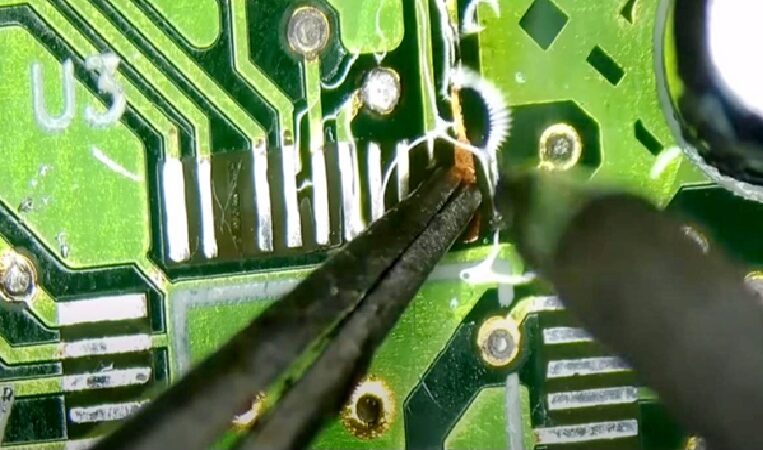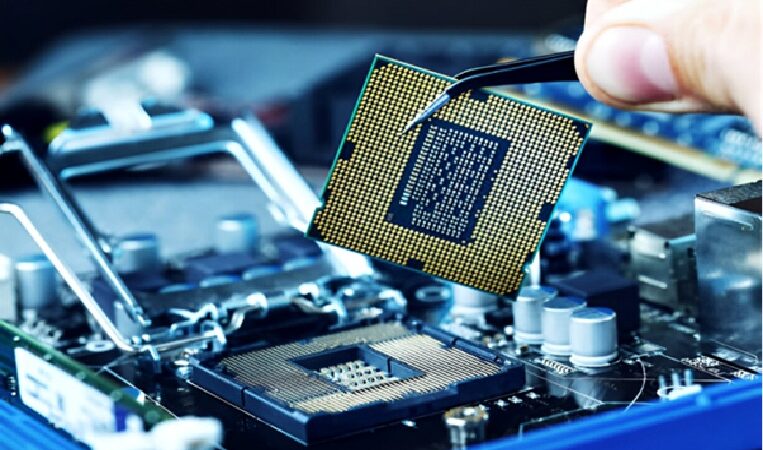Technology and Test Research of QSFP Optical Module
With the rise of hot applications such as the Internet of Things, 4G communication, and cloud computing, the communication industry is facing severe challenges. Large-capacity, high-speed and high-quality optical fiber communication has become an inevitable trend in the development of the information industry. The emergence of high-speed, integrated optical transceiver modules has greatly improved the bandwidth and speed of communication networks while reducing operating costs, and has become an important part of high-speed network infrastructure. In order to meet the market demand, higher-density high-speed pluggable QSFP (Quad Small Form-Factor Pluggable, Quad Small Form-Factor Pluggable) optical transceiver modules came into being. It supports Ethernet, Fibre Channel, Serial SCS (I Small Computer System Interface) and various Infiniband (Wireless Bandwidth) protocols. In addition, QSFP also has the advantages of low cost and low power consumption. It is one of the mainstream packaging methods for optical modules at present, and is widely used in short-distance high-speed transmission. This paper studies an AOC (Active Optical Cable) implementation scheme of QSFP.
The QSFP optical module adopts 4 parallel optical transmission and reception channels, supports data transmission of 10Gb/s per channel, and the transmission rate reaches 40Gb/s. The receiving and sending systems of the modules are distributed on the same PCB (printed circuit board). The VCSEL (Vertical-Cavity Surface-Emitting Laser, Vertical-Cavity Surface-Emitting Laser) array and the driver chip are respectively metal-packaged on the PCB flexible board and connected by bonding wires. Finally, the light output of the VCSEL array is coupled into the optical fiber ribbon through the lens [ 1 (] optical interface); PIN (with intrinsic layer photodetector) PD array and receiving chip are also individually packaged on the PCB flex board and connected by bonding wires. electrical interface) on the PCB. The overall architecture is shown in Figure 1. 1.2 Main technology and basic principle 1.2.1 Main technology QSFP optical module mainly uses 850nm VCSEL array technology, PD (photodetector) array technology, integrated laser driver circuit chip technology and EEPROM (charged erasable and programmable read-only memory), etc. technology. VCSELs have the advantages of small size, single longitudinal mode output, easy coupling and integration into large-area arrays. Photodiode PD has the characteristics of high sensitivity, fast response rate, low reverse bias and low power consumption. The transmitting and receiving ends of the optical module use integrated VCSEL and PD array chips respectively, which can realize parallel high-speed transmission of each channel and improve the layout density; and can be directly attached to the PCB without isolation from the air, saving device pair as much as possible. Occupation of module space. The laser driver chip and receiver chip technology integrates the multi-channel laser driver circuit and the multi-channel photodetector amplifier circuit into two chips respectively, which reduces the number of components required for the module, reduces the complexity of the module circuit and the PCB. Wiring difficulty [2]. The minimum erasing and writing range of EEPROM is accurate to Byte (bit). The optical module can be accessed through the 2-wire serial bus, and the open optical module EEPROM area can be read and written. The SFF-8436 protocol divides the EEPROM into module information, manufacturer-specific Information areas, and areas open to customers. QSFPTEK can provide a code writing board to write compatible codes of 200 brands for your optical module. Welcome to contact






